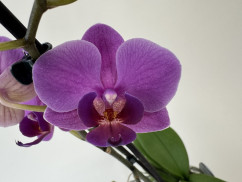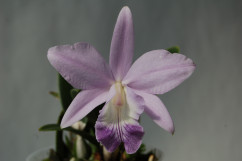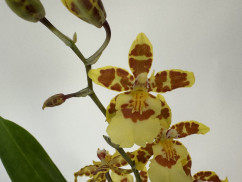Planting Materials

Unlike other indoor plants, we do not cultivate orchids in potting soil but in special orchid substrate. But why?
Orchids, at least epiphytic, do not grow in the earth in their tropical homeland, but on trees or even rocks. As a result, their roots are specialized in getting enough water and nutrients from the humid air, rainwater and organic matter of the subsoil.
The most important property of orchid substrate is thus its rough structure. This makes it permeable to air, irrigation water runs off immediately and very little moisture is stored. Ultimately, the substrate contains the amount of water that is available to an orchid in the jungle - in the humidity and the surface of the tree bark. If the roots were in constant contact with damp soil, they would quickly rot.
But even semi-terrestrial orchids, which grow on the ground and also have aerial roots, need an air-permeable substrate. For phalaenopsis, a loose material is also important because they can even do photosynthesis with their roots, if they have light contact.

Orchideen-Jungpflanzensubstrat (20 Ltr.)
- flower season: winter - spring
- Mehr Details
* Inkl. MwSt. und zzgl. Versand
Composition
There are different organic substrate components, ie components of natural origin, such as pine or pine bark, which usually represent the main component of the substrate, or coconut fibers, wood fibers, cork, nut shells and moss. Inorganic material such as Styrofoam, rock wool, sand and expanded clay can also serve as a substrate. Sometimes the substrate is upgraded with calcium carbonate to control its pH. Blended clay granules or perlites store moisture, which can be beneficial in dry indoor air.
Over the years, the substrate is decomposed by microorganisms and changes its structure: it gets finer, thickens and stores more moisture. To prevent the roots from being damaged, the plant must now be repotted. It is recommended to use high-quality substrate that is not too crumbly but stable and maintains its structure until the next repotting, ie about 2 to 3 years.
Find the right substrate
Which substrate is the right one, the best way to ask the expert, because the composition of the substrate varies depending on the type of orchid and its specific requirements.
Cymbidium, for example, is potted in a mixture of pine bark and humus, while Phragmipedium feels good in sphagnum moss.
In principle, the substrate of young plants should be finer than that of larger, older plants. Small orchids are therefore often coconut fiber, which can store a lot of moisture and thus supports growth.
In any case, the substrate should not be spared, as its quality directly affects the growth of the orchid.
.





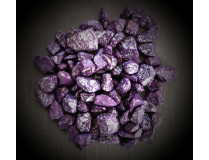
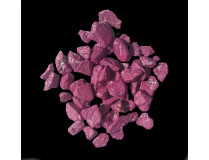
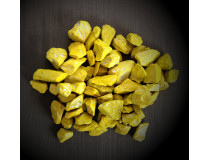
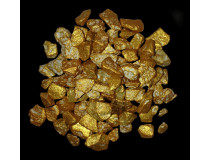

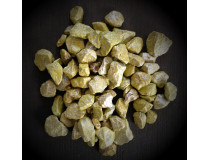


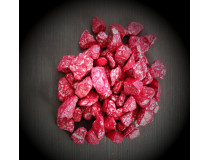


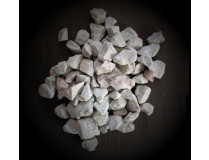
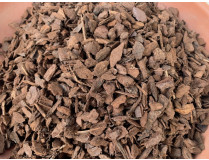
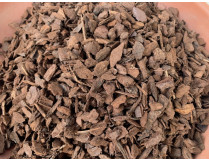

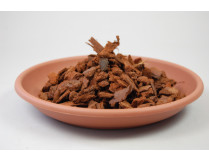
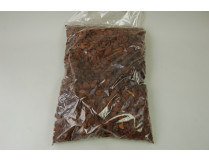

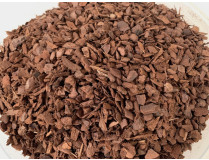



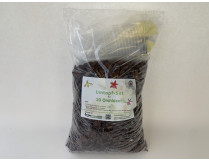






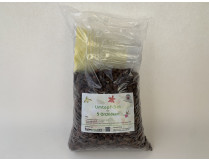

 ... to newsletter subscription
... to newsletter subscription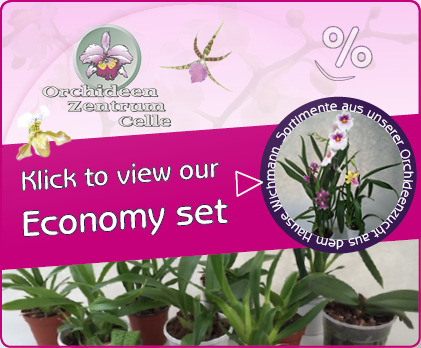 ... to see all economy sets
... to see all economy sets









